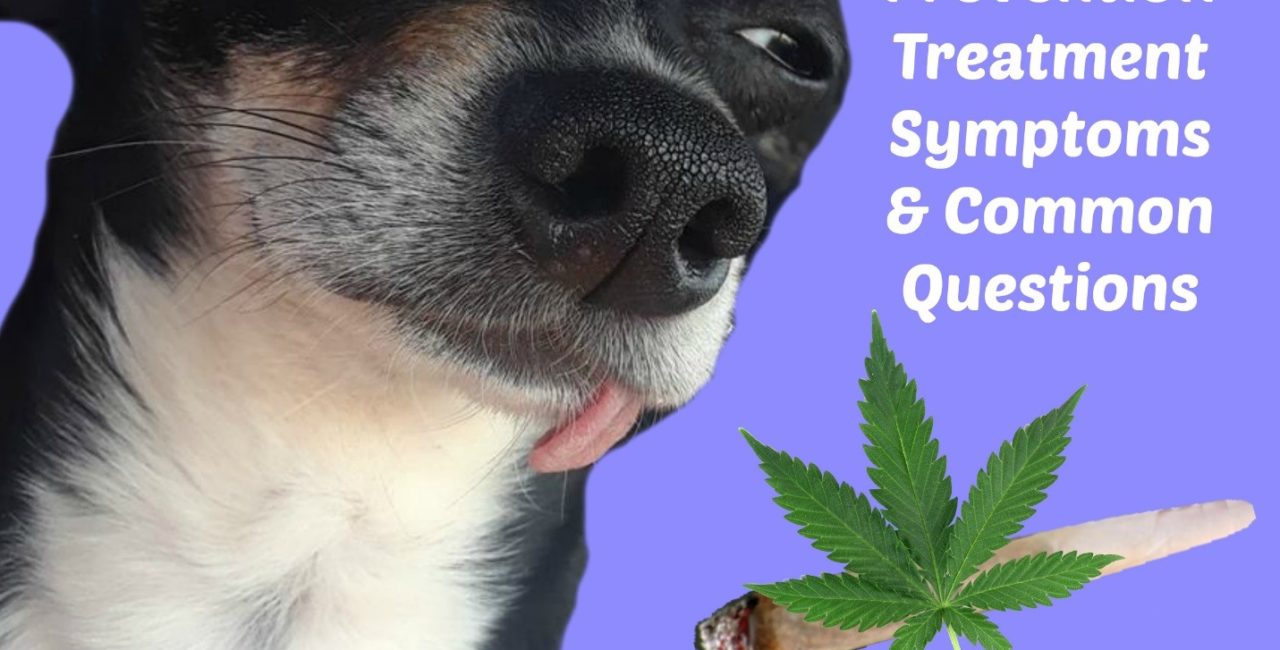October 17th, 2018 is now recognized in Canadian history as the day marijuana was federally legalized. What does this mean for your pet’s safety?
Even before legalization, many veterinary hospitals were seeing an increase in marijuana toxicities. Now, the numbers are expected to rise. How do we protect our pets and prevent marijuana toxicities?
Is marijuana safe for my pet?
The simple answer is no. Although pets dying from marijuana ingestion alone is extremely rare, the symptoms of ingestion can cause many issues and could put your pet’s health and safety at risk.
Many pets also tend to eat “edibles” which often contain chocolate or other food ingredients that are poisonous to pets. Typically, dogs are the main culprits of ingesting marijuana; although cats come to the hospital with marijuana poisoning occasionally.
What are the symptoms of marijuana toxicity?
• Lethargy or hyperactivity
• Gastrointestinal upset (vomiting, diarrhea)
• Dribbling urine or incontinence
• Ataxia (lack of muscle coordination and movement)
• Dysphoria or paranoia
• Hypersensitivity to sound
• Muscle tremors
• Low heart rate
• Seizures or coma in severe cases
What precautions can we take to prevent marijuana toxicity?
If you have marijuana at home always make sure it is safely stored away where your pets cannot have access to it. Edibles should also be kept out of pets reach. When smoking outside make sure to dispose of anything that is left over properly, this will help protect all pets from accidentally ingesting leftovers on the ground. Even a small “butt” of a joint could cause toxicity. We can all do our part in keeping animals safe. It is more common then you’d think for a pet to have symptoms of marijuana toxicity after eating butts or leftovers that they found outside.
What should you do if you suspect your pet has eaten marijuana?
If you believe your pet has consumed marijuana, they should be seen by a veterinarian right away. The sooner, the better. Please let your veterinary healthcare staff know if you think your pet has marijuana toxicity; we do not judge, and it is a lot easier to treat your pet’s symptoms if we know what they ate.
When do pets begin to show symptoms?
Pets can show symptoms of marijuana toxicity anywhere from a few minutes to 12 hours after consumption. If you know that your pet has eaten marijuana, even if they are showing no symptoms, they should be seen by a doctor. Once symptoms start it is possible for the effects to last for days.
How do we treat marijuana ingestion in pets?
If you bring your pet to the doctor very soon after ingestion it is likely they will use a drug to induce vomiting, in hopes of getting most of the marijuana out of the stomach. This is usually followed by giving activated charcoal, a substance that traps toxins in the GI tract to stop absorption and exits the body in your pet’s feces. Activated charcoal may be given multiple times throughout treatment. Depending on the situation it may be recommended that your pet is hospitalized and put on IV fluids.
If it is too late to induce vomiting, then most vets will continue with the same plan but start with activated charcoal. Sometimes pets lose their ability to swallow after marijuana ingestion. If this happens, vomiting should not be induced and giving activated charcoal could be risky due to aspiration. In this case, hospitalization and IV fluids are highly recommended. Healthcare professionals should monitor the pet until symptoms subside enough to give activated charcoal or other medications.
Conclusion
If you are someone who will be partaking in the consumption of marijuana remember to do so responsibly; our pets rely on us to keep them safe. Remember to store marijuana where pets cannot access it, discard leftovers correctly and if you think your pet ingested cannabis seek veterinary care immediately.
Marijuana ingestion is preventable, and we all have to do our part to protect animals from it, but if it does happen we are here to help!
Written By: Sara-Dawn Langille, VA




